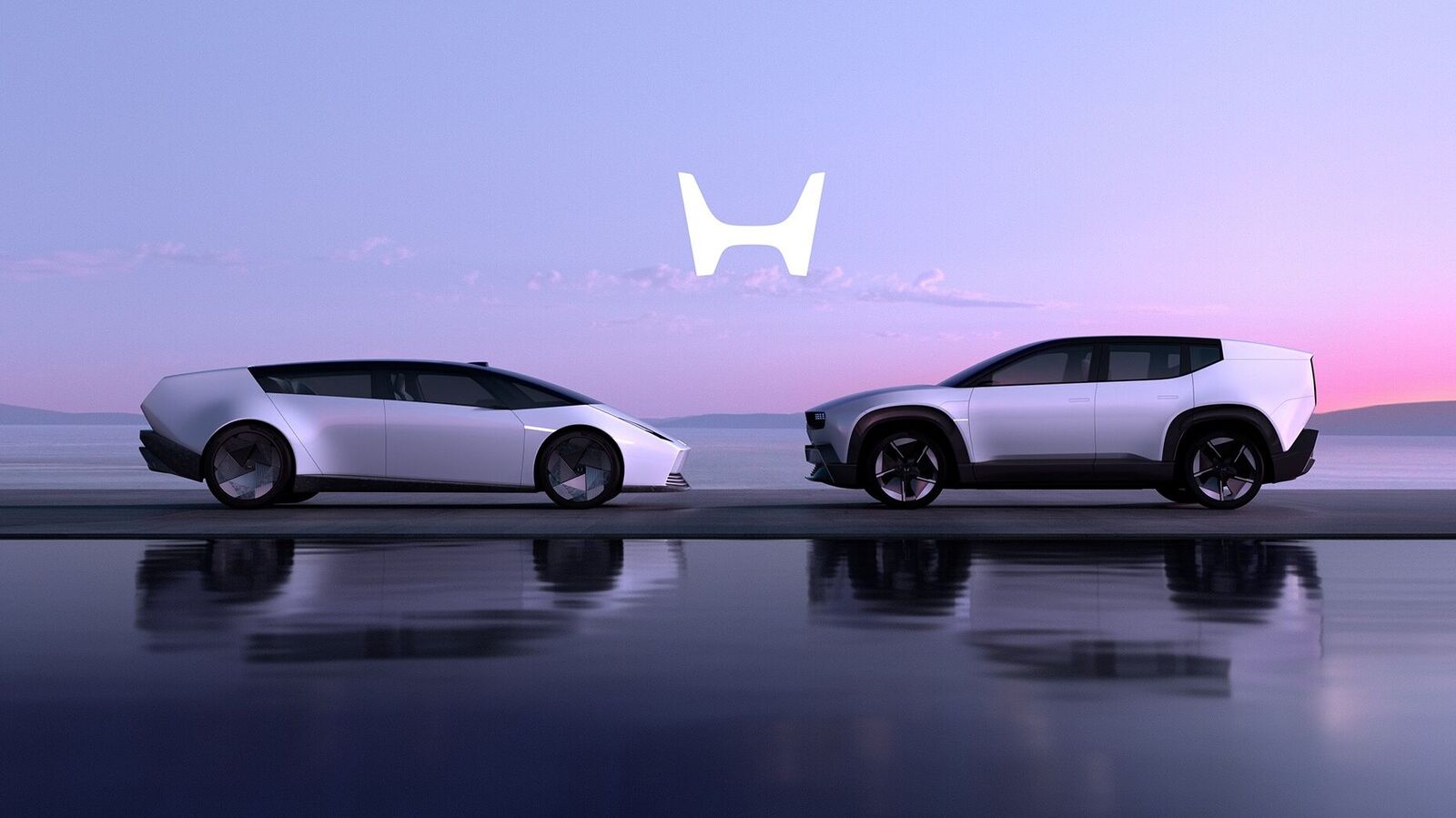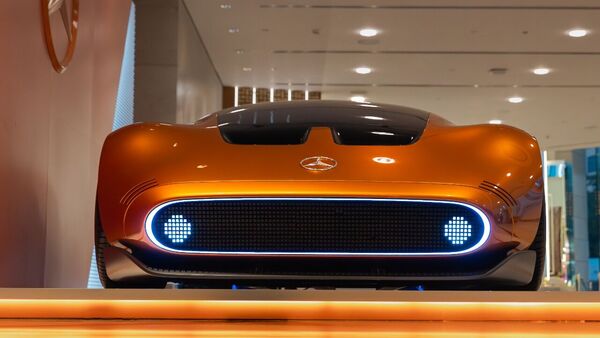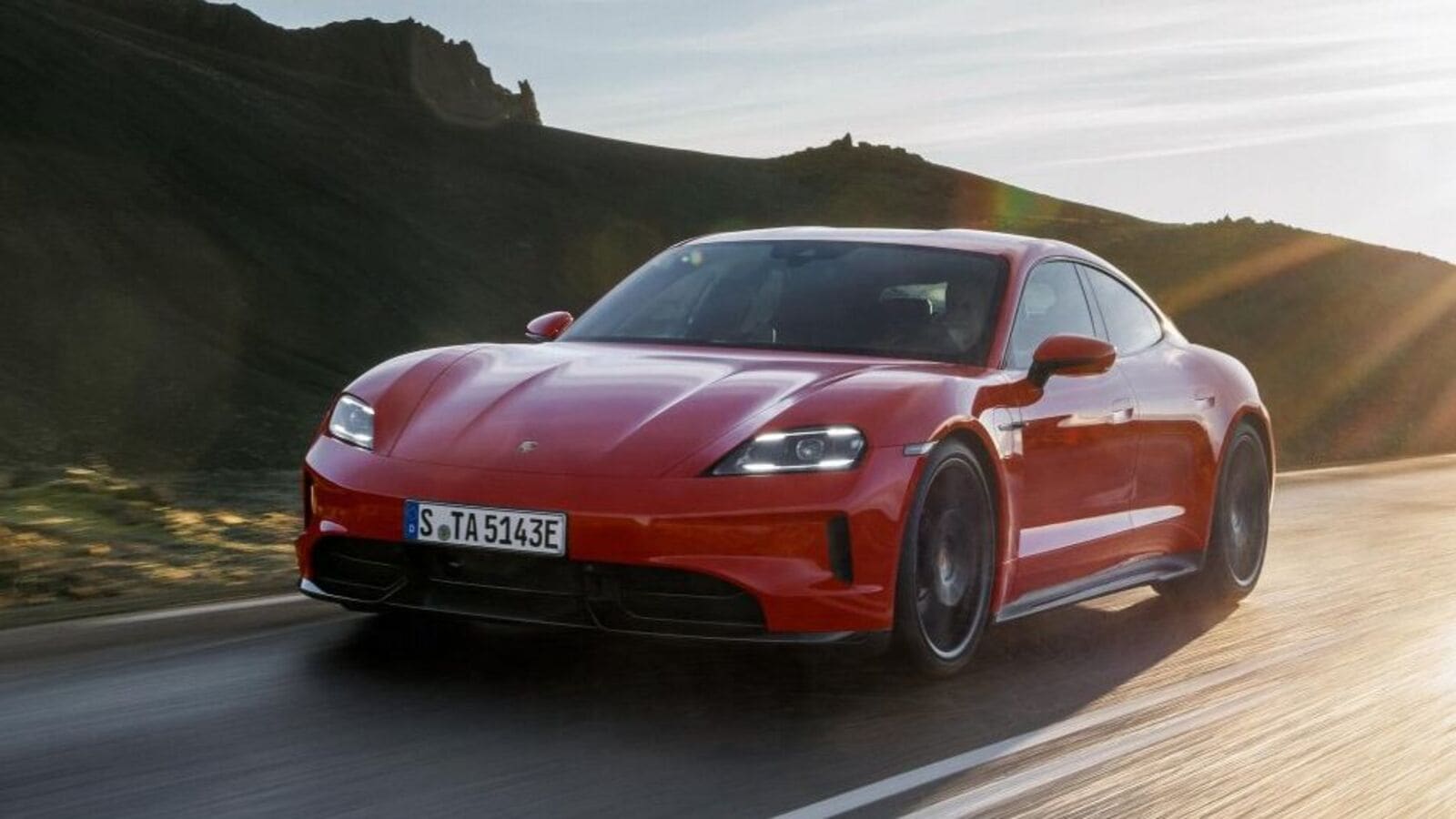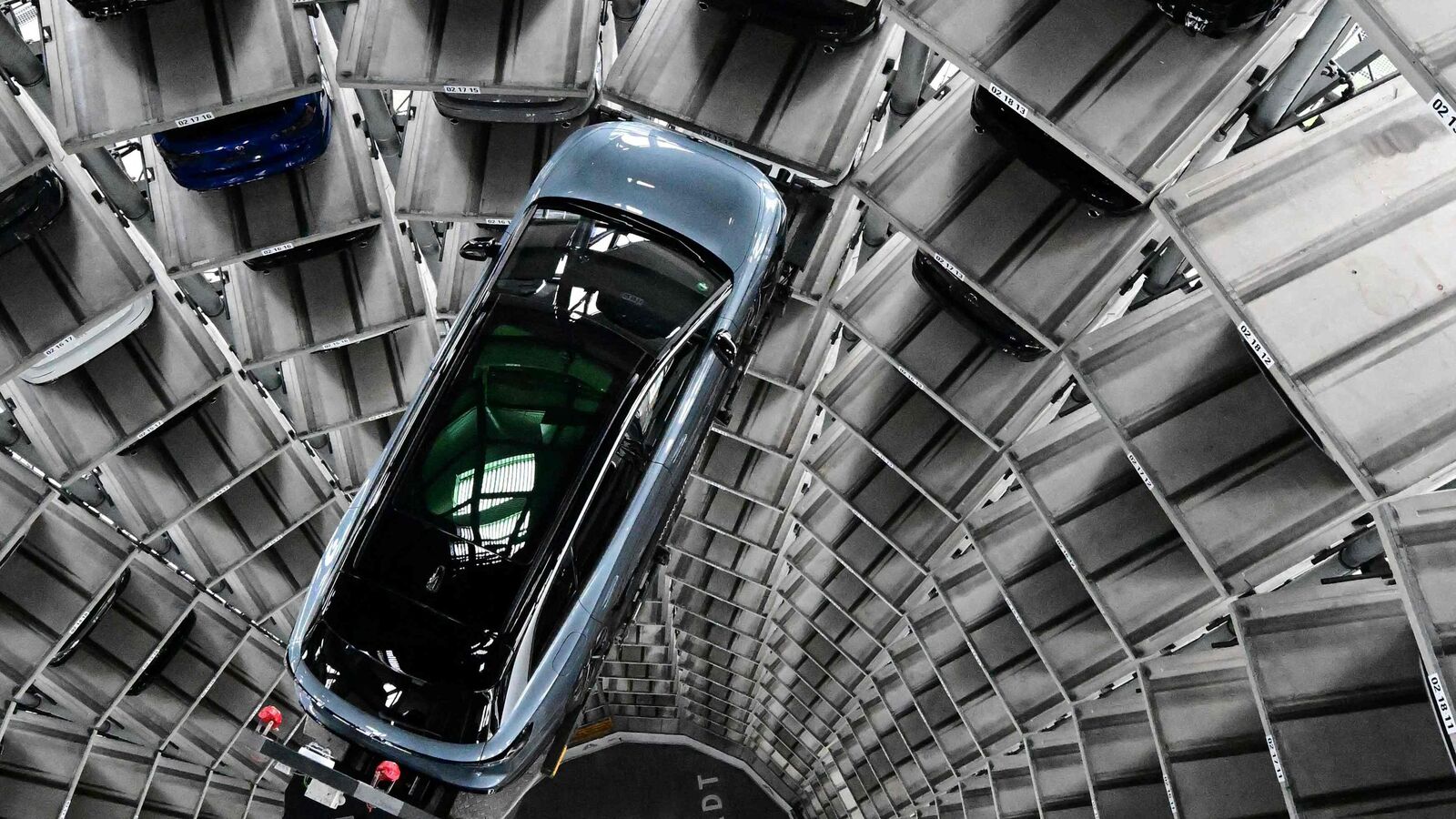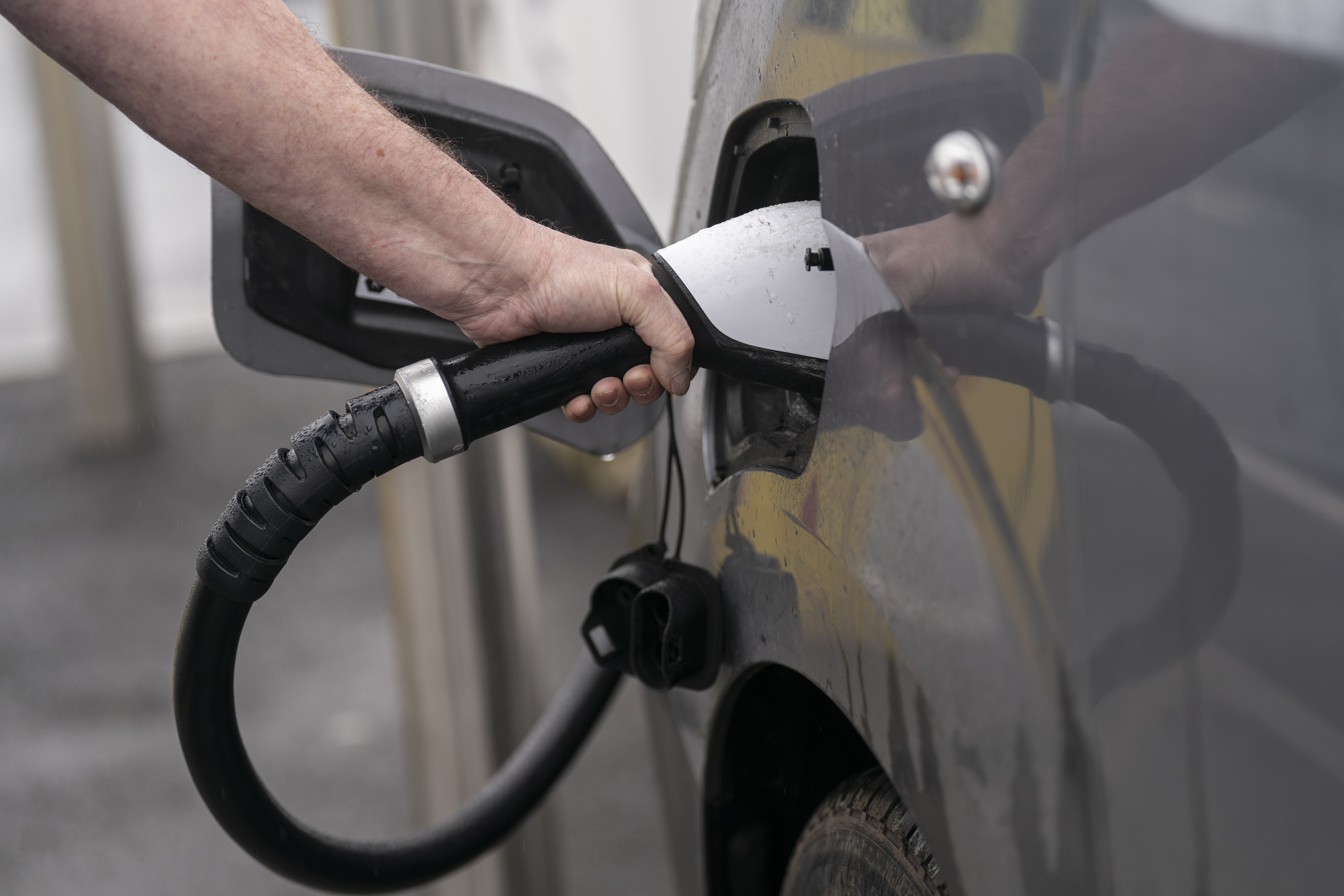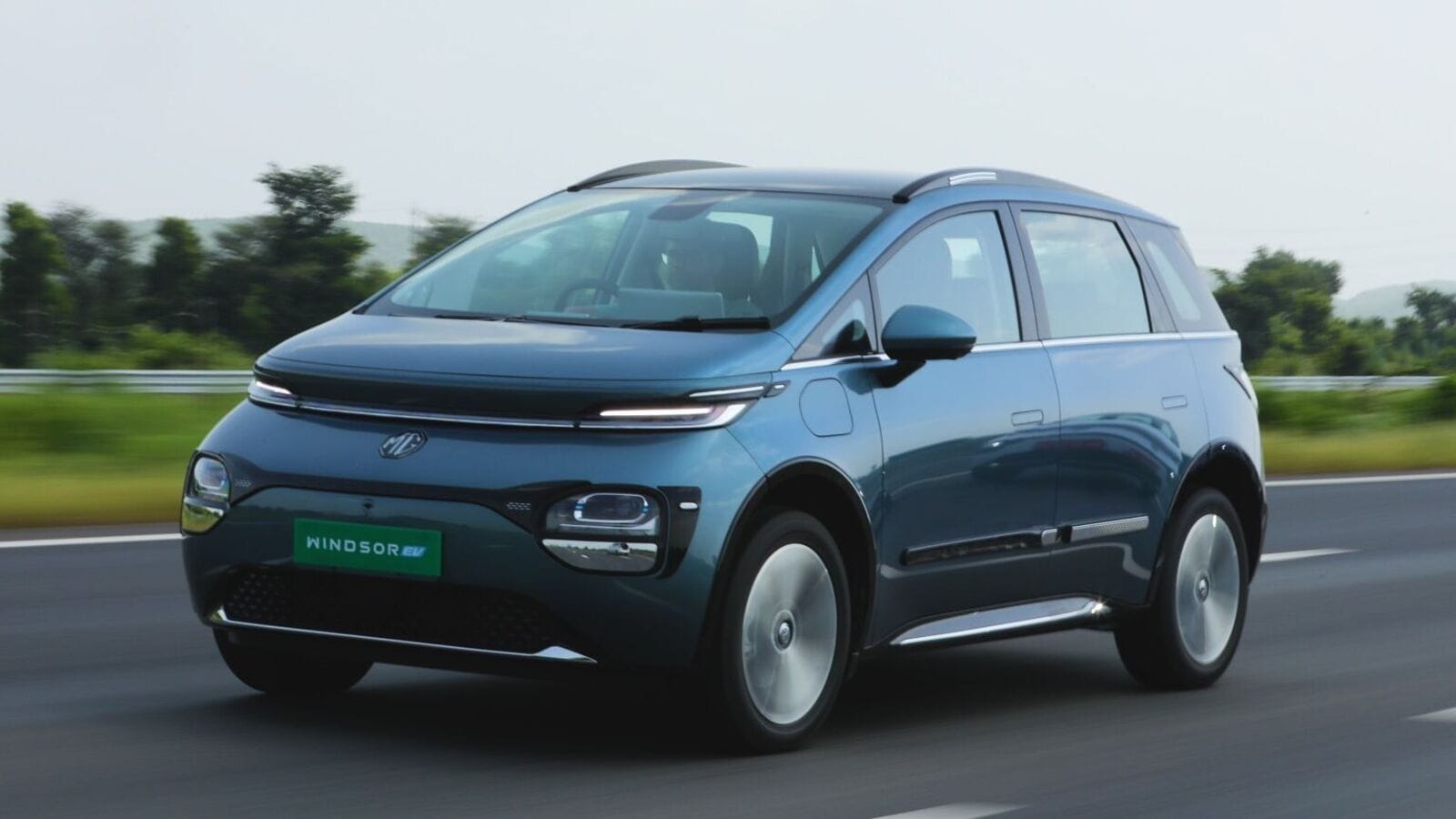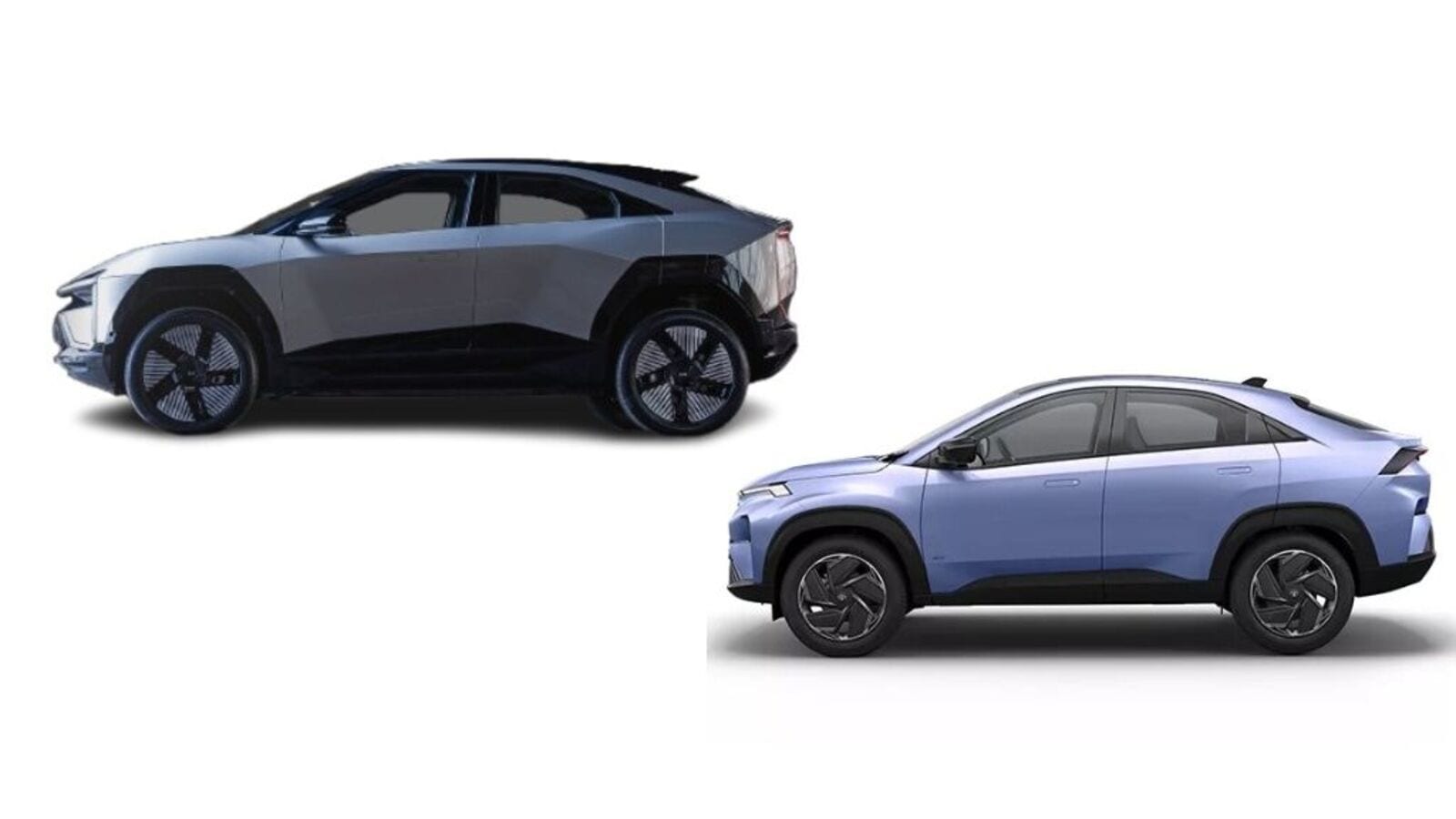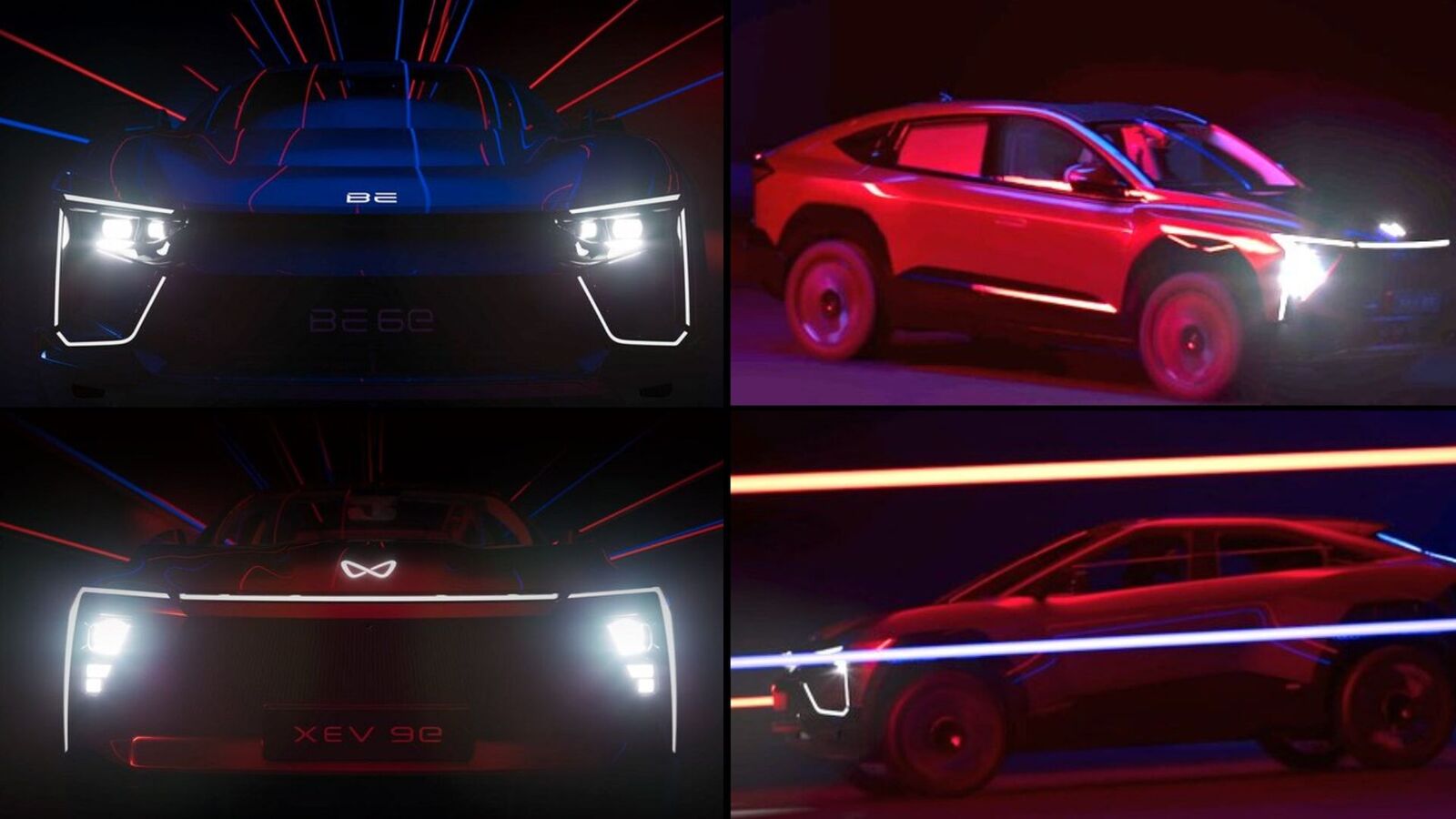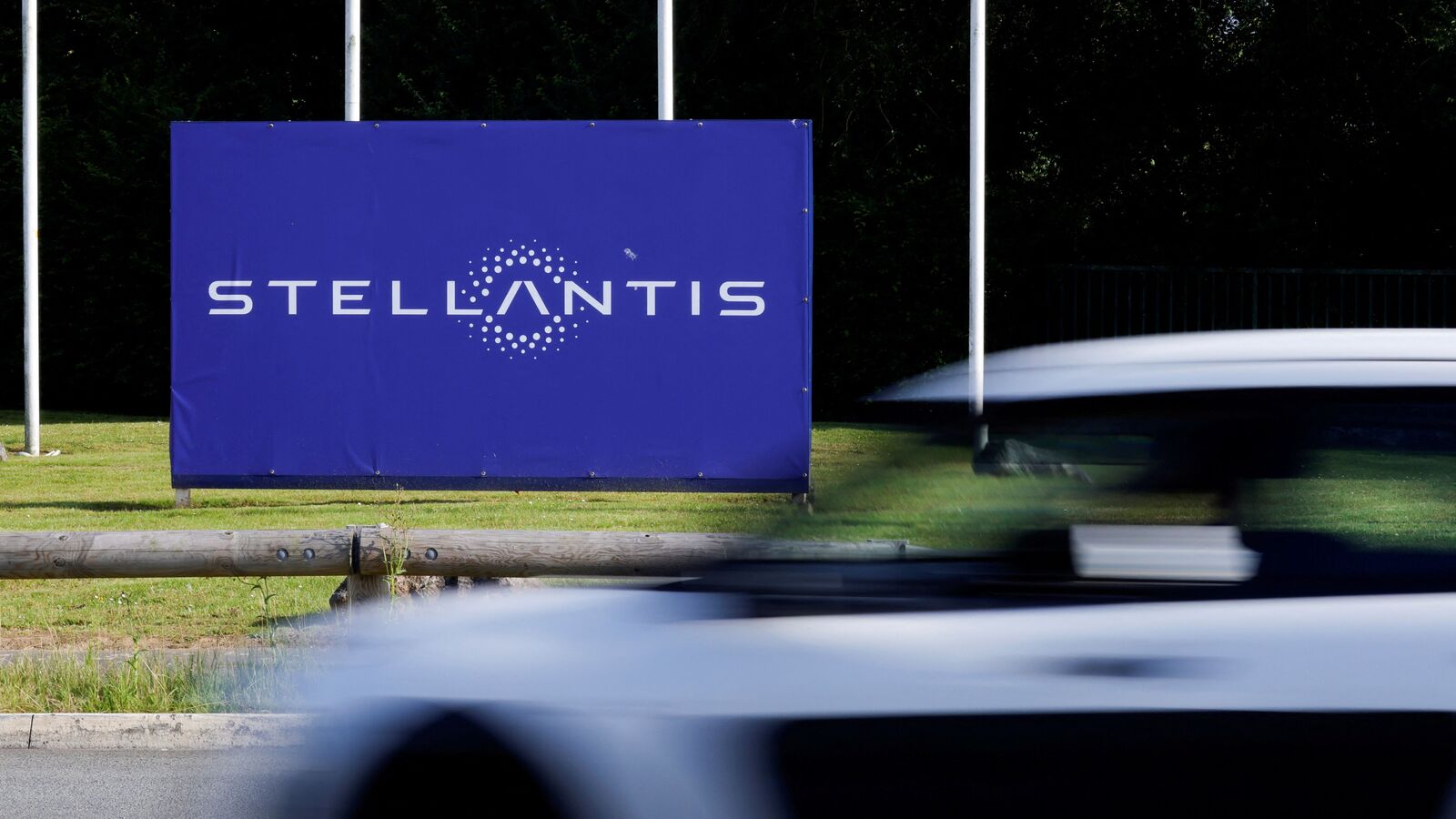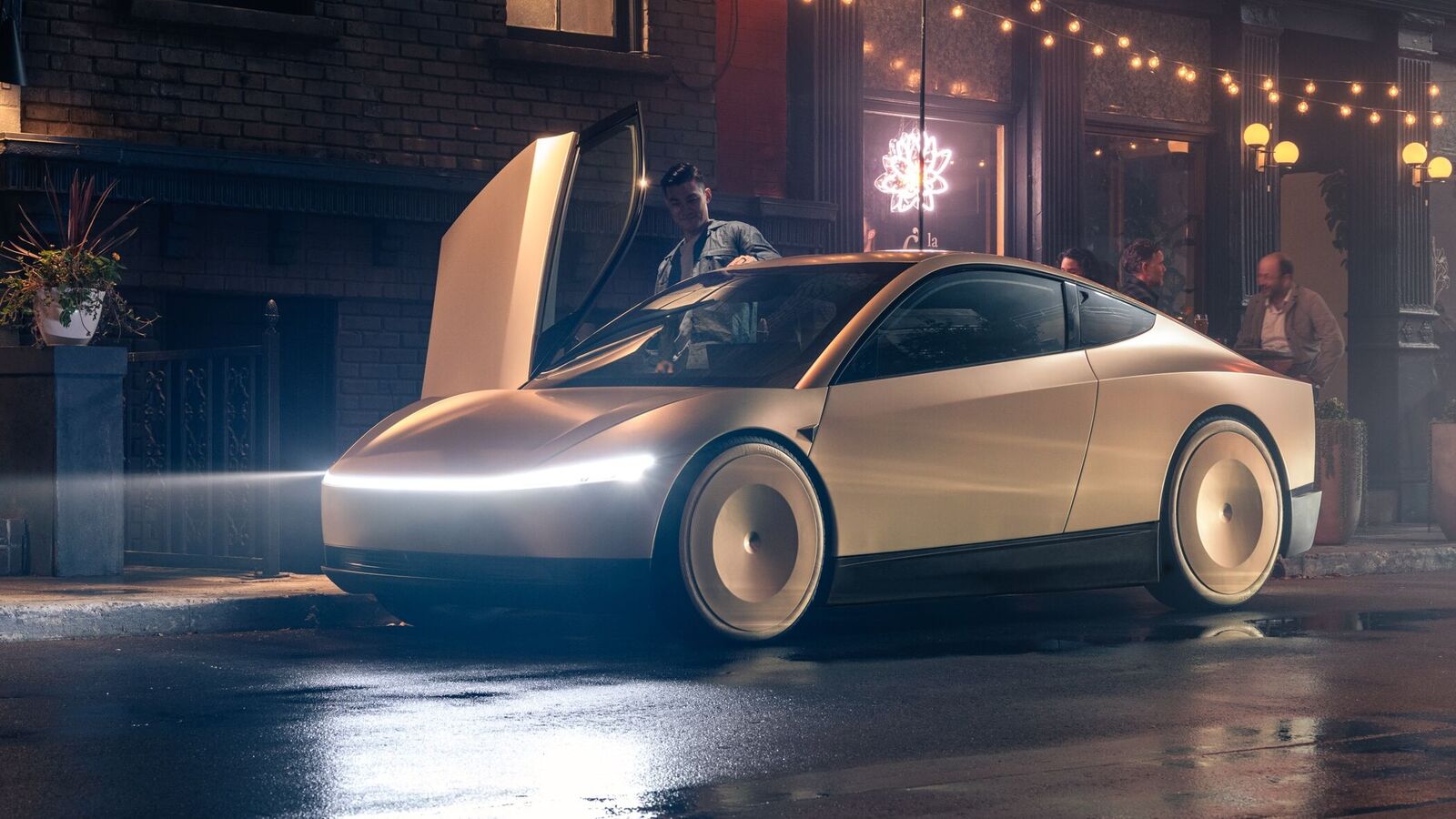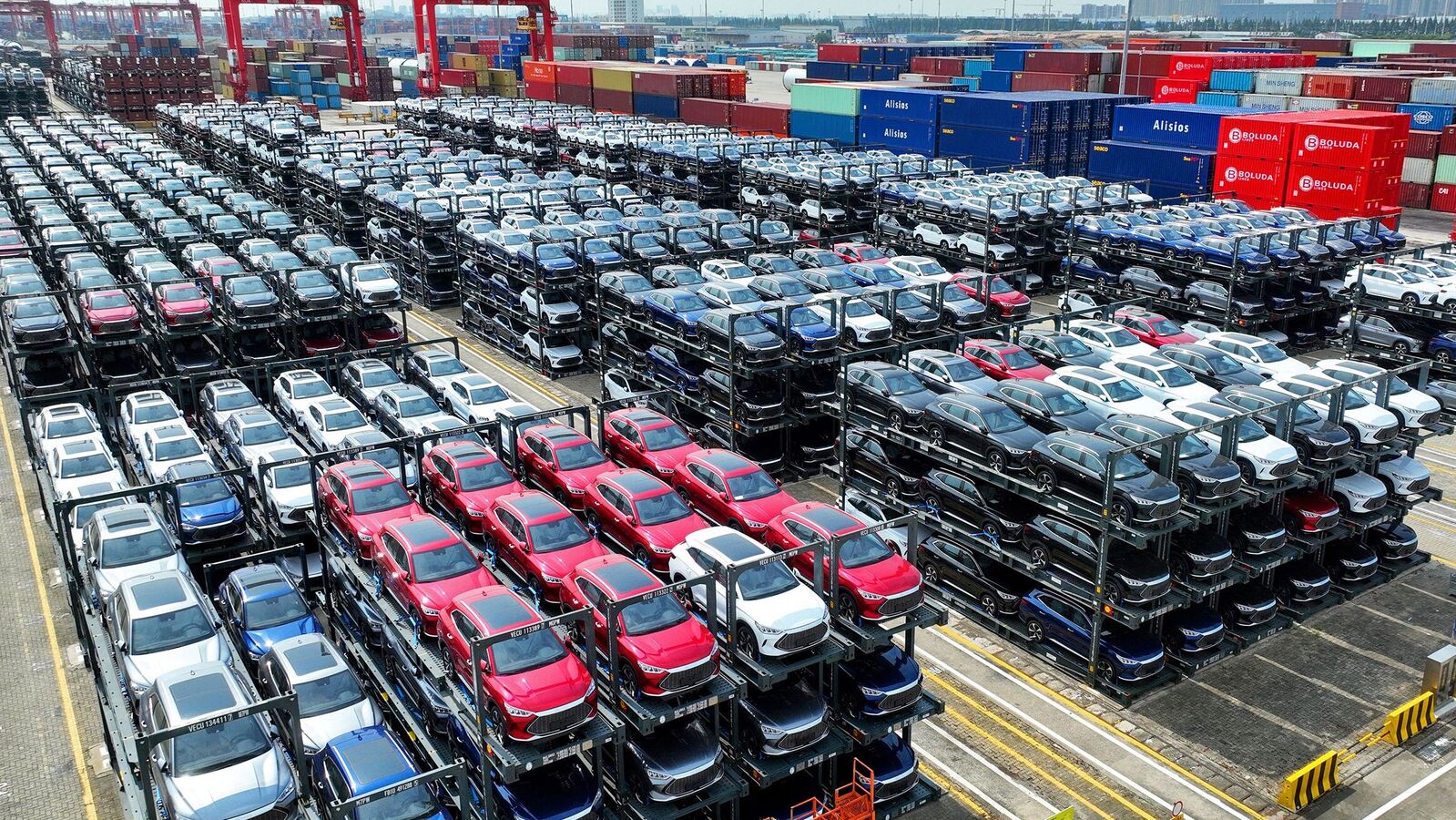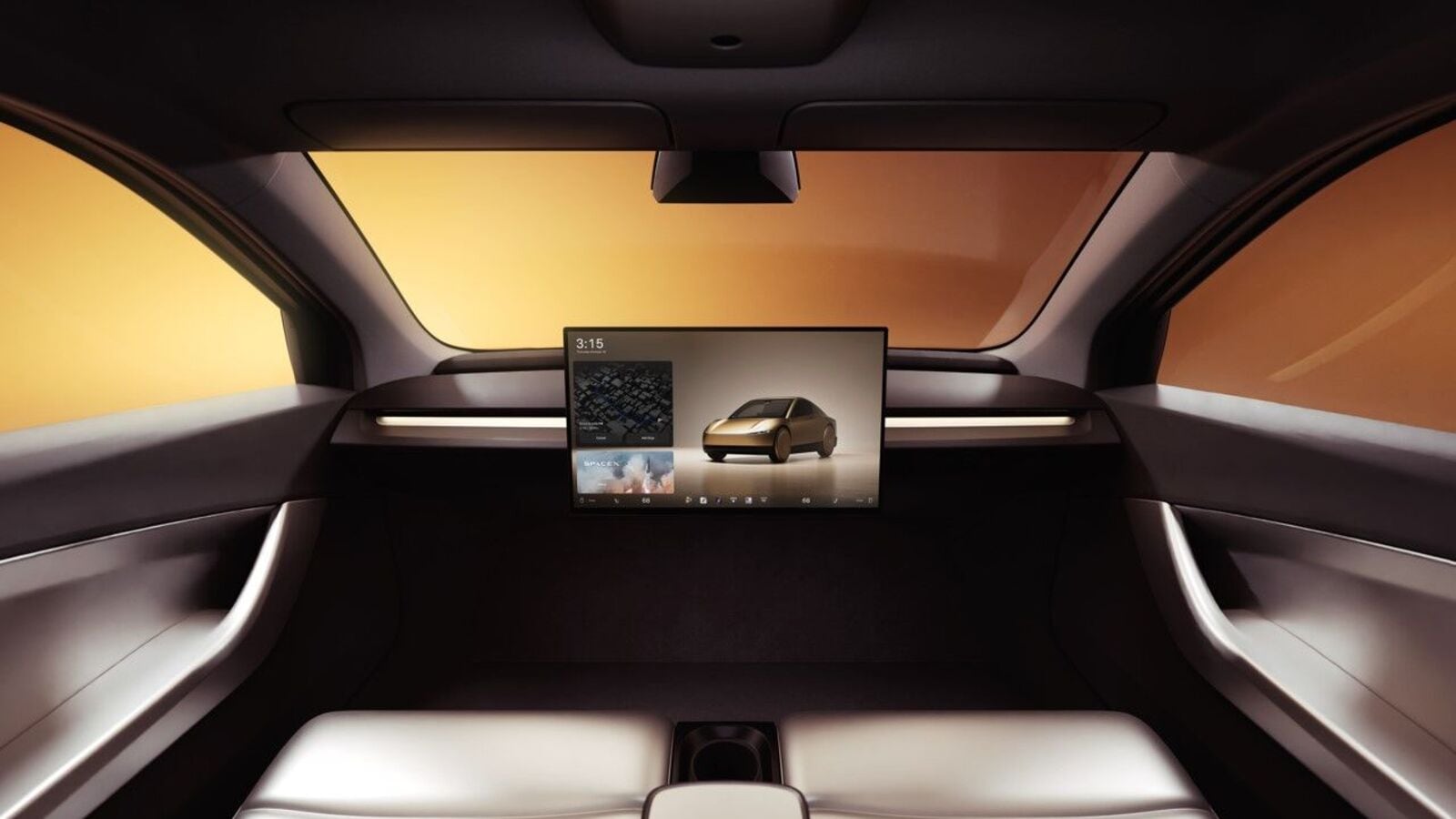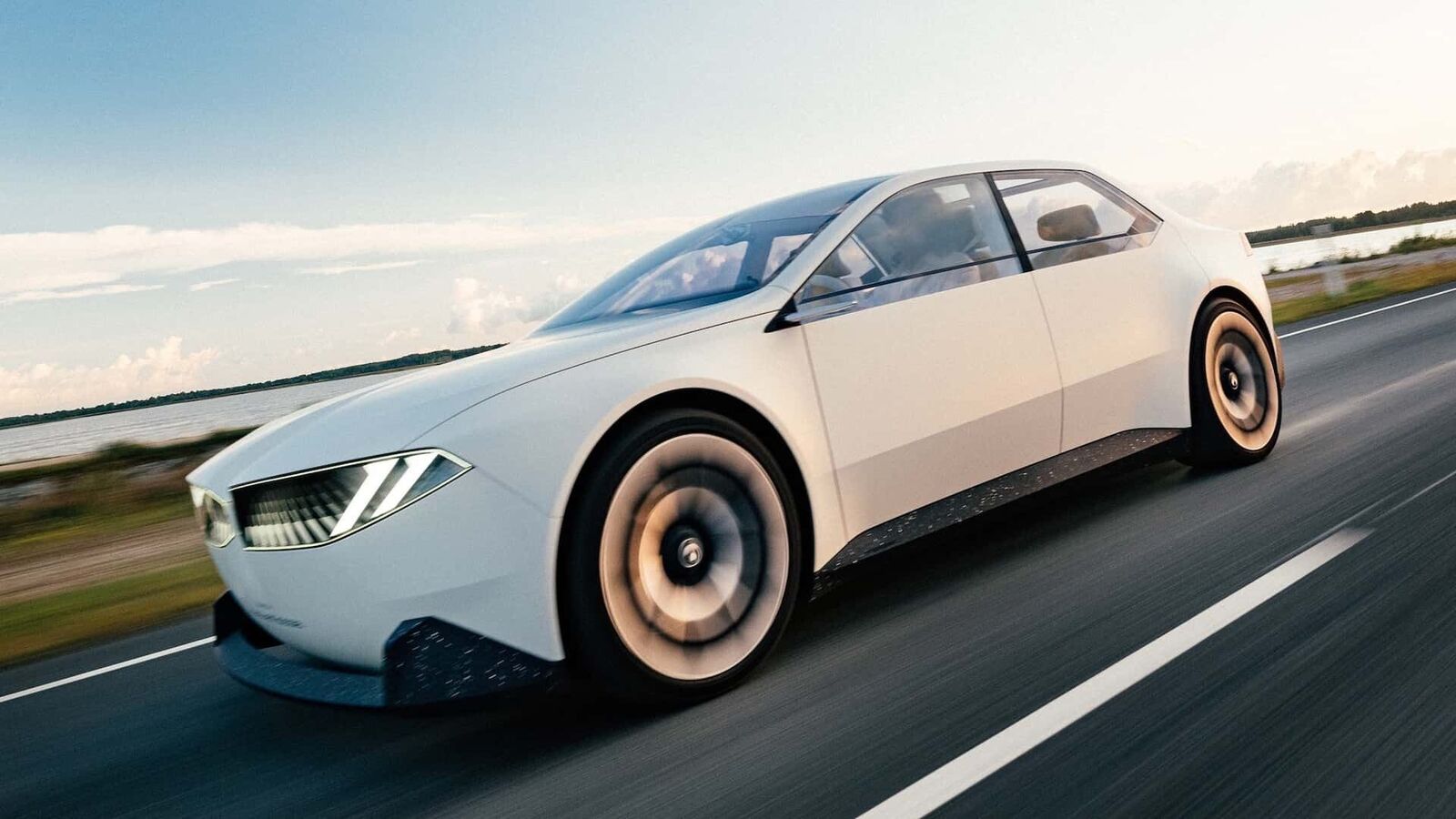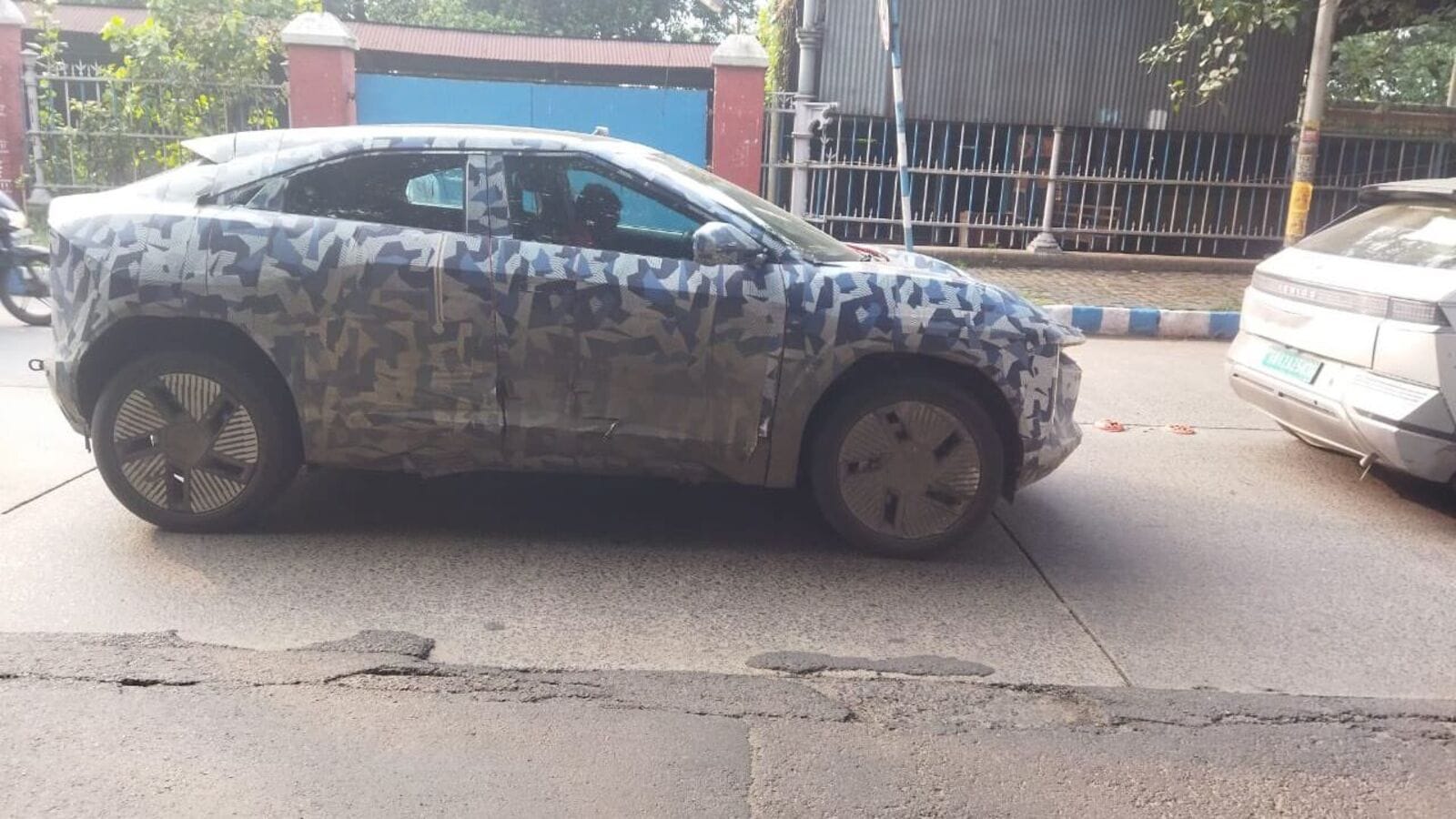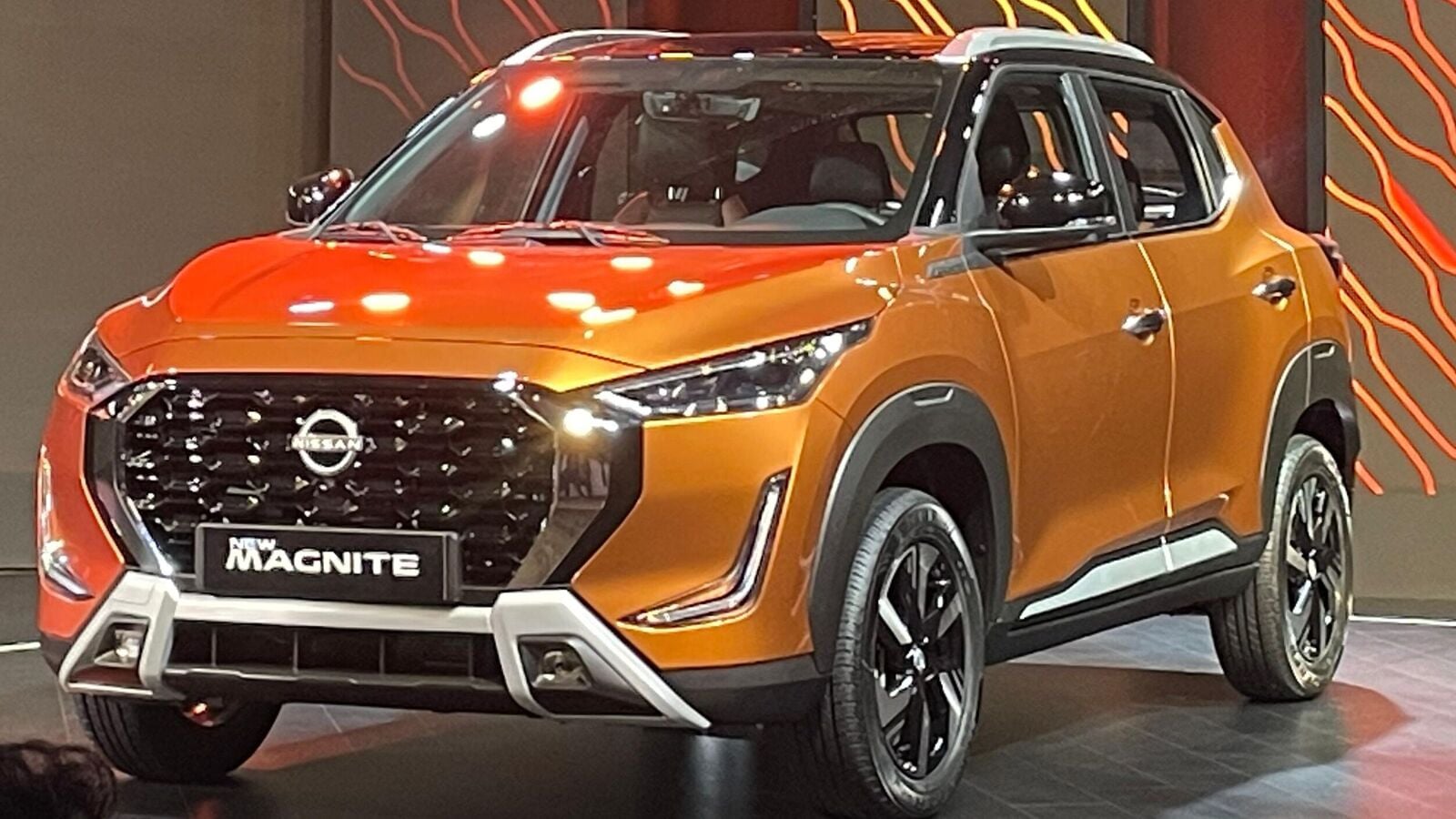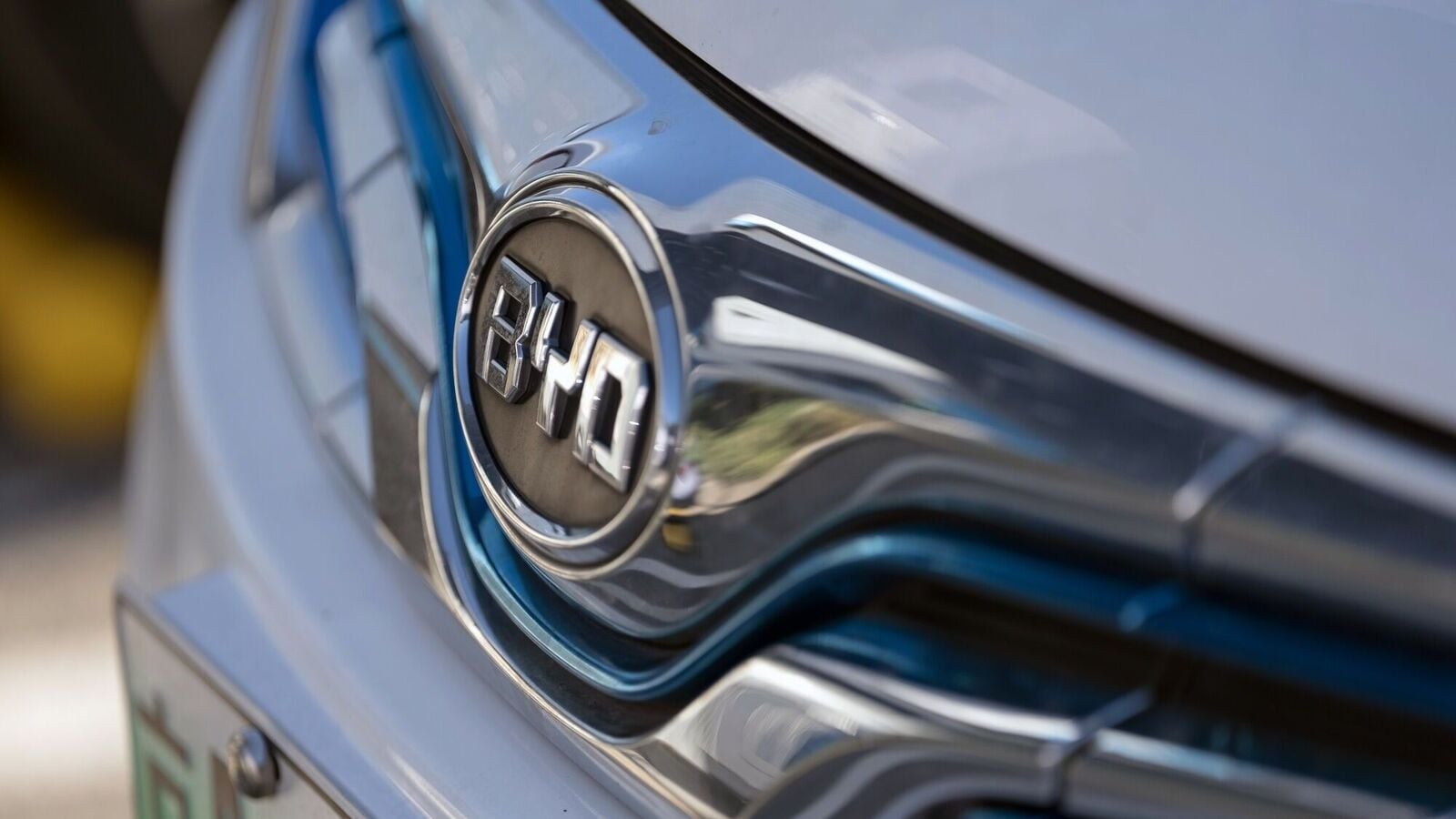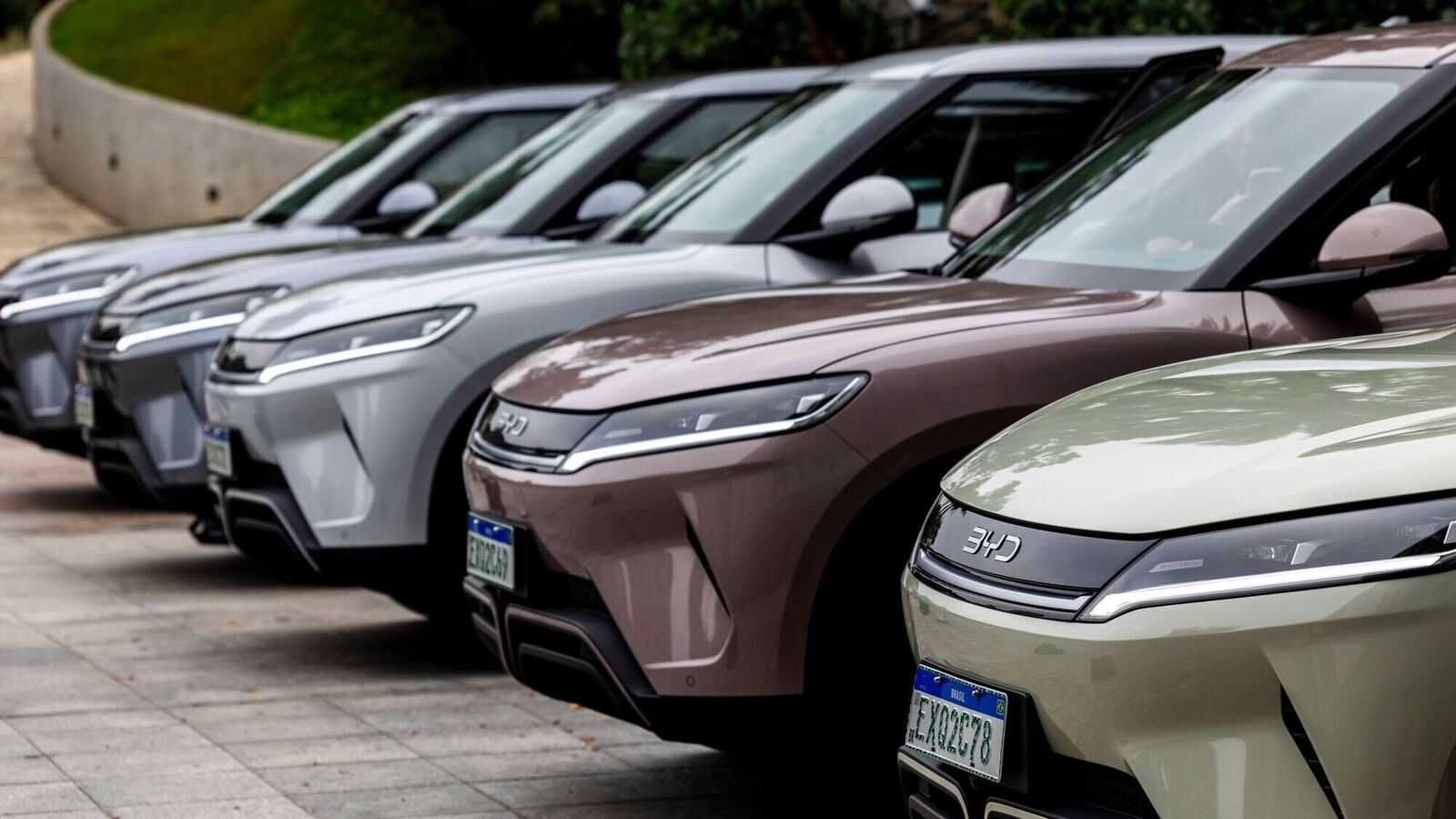- The Honda 0 Series SUV and Salon concept electric cars showcase the Japanese auto giant's newly developed dedicated EV architecture.
Honda has unveiled two new EV concept models at the Consumer Electronics Show (CES) 2025 on January 7. The Honda 0 Series electric vehicle concepts showcased at the event offer two body types – an SUV and a saloon. The final version of these two EV concepts will go into production in the United States later this year and will be launched in global markets next year. The Japanese auto giant has also showcased its new ASIMO operating system for its vehicles which will be used for Honda 0 Series models.
The Honda 0 Series electric vehicles will use a newly developed dedicated EV platform. This is different from the Honda Prologue electric car which uses the Ultium platform developed by General Motors. The new 0 Series electric cars will be part of Honda's 30 new electric cars that the carmaker plans to launch in global markets by the end of this decade.
Honda 0 Series EV Concept: Highlights
Honda has not given much information about the powertrain and performance specifications of these two electric cars. However, the Honda 0 series electric vehicles are expected to be equipped with both single and dual electric motor setups. While the single-motor EV is likely to produce 241 bhp power, the dual-motor version could churn out up to 482 bhp power. Honda is also expected to offer EVs with four-wheel drive technology.
Also Read: Honda and Sony launch Afeela 1 electric car with 483 km range at CES 2025
Honda has not shared details about the battery size in these upcoming EVs. The carmaker is likely to equip the 0 Series electric SUV and saloon with at least a 90 kWh battery pack. This can help give EVs a range of about 490 kilometers on a single charge. Honda may also introduce a 100 kWh battery for the long range variant.
The Honda 0 Series electric cars promise to offer the original design language showcased in their concept versions. The sleek and futuristic design of the EVs was first showcased by Honda at the CES held last year. The Honda 0 Series SUV appears to be largely based on the Space-Hub concept EV, which the carmaker introduced at the previous edition of the event. The interior of these EVs is also futuristic, yet minimalist, with most of the controls being digital. Both the EVs will be equipped with Level-3 ADAS using the carmaker's AI technology that promises to reduce traffic collision deaths in the future.
Honda has also introduced a new AI-based operating system called ASIMO in the 0 Series EV concept. ASIMO OS was first unveiled at CES two decades ago. The operating system will help control various functions inside the EV, including ADAS and infotainment systems. The operating system can also be updated via OTA on a regular basis.
Check out upcoming EV cars in India.
First publication date: 08 January 2025, 10:01 am IST

